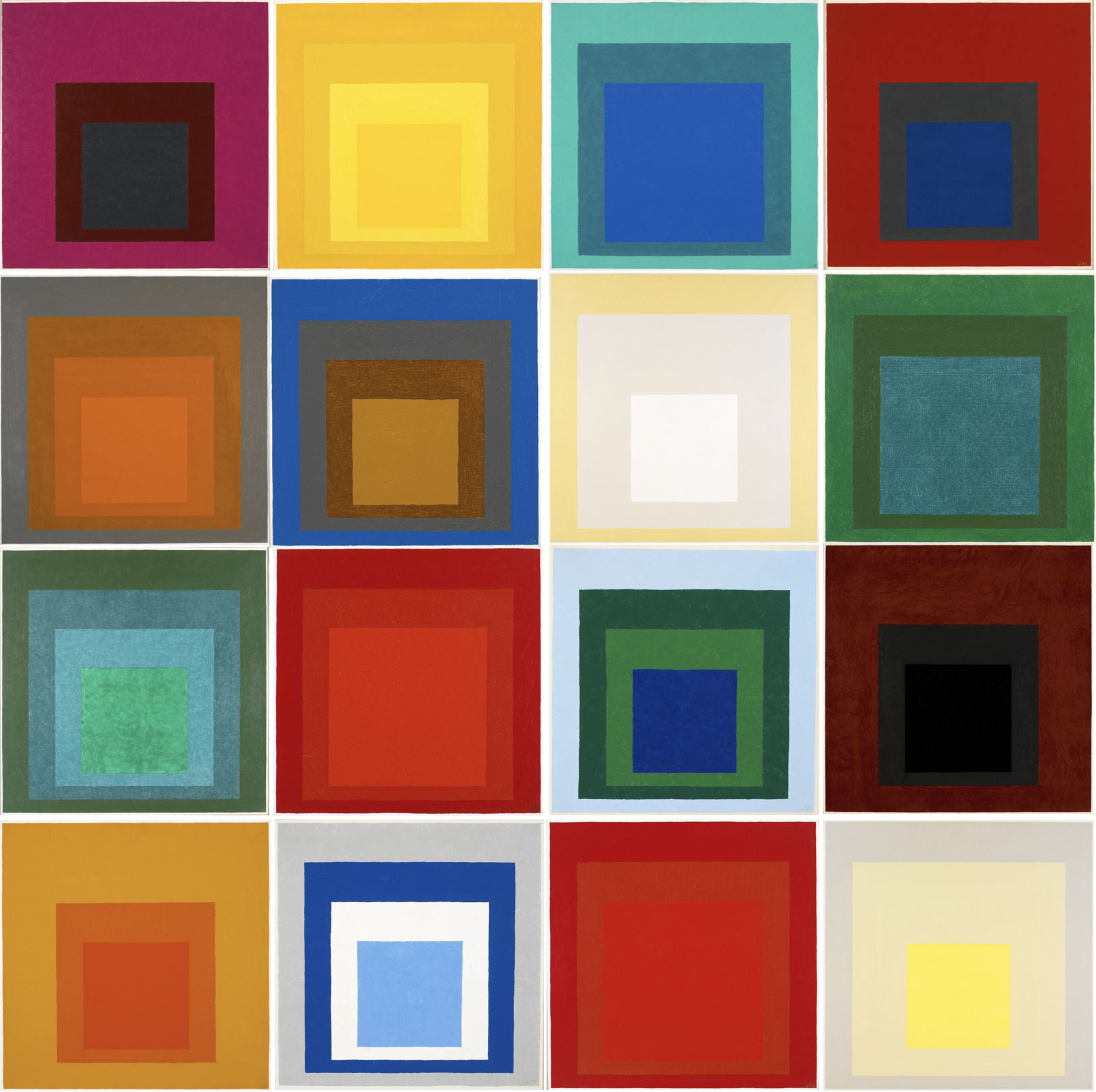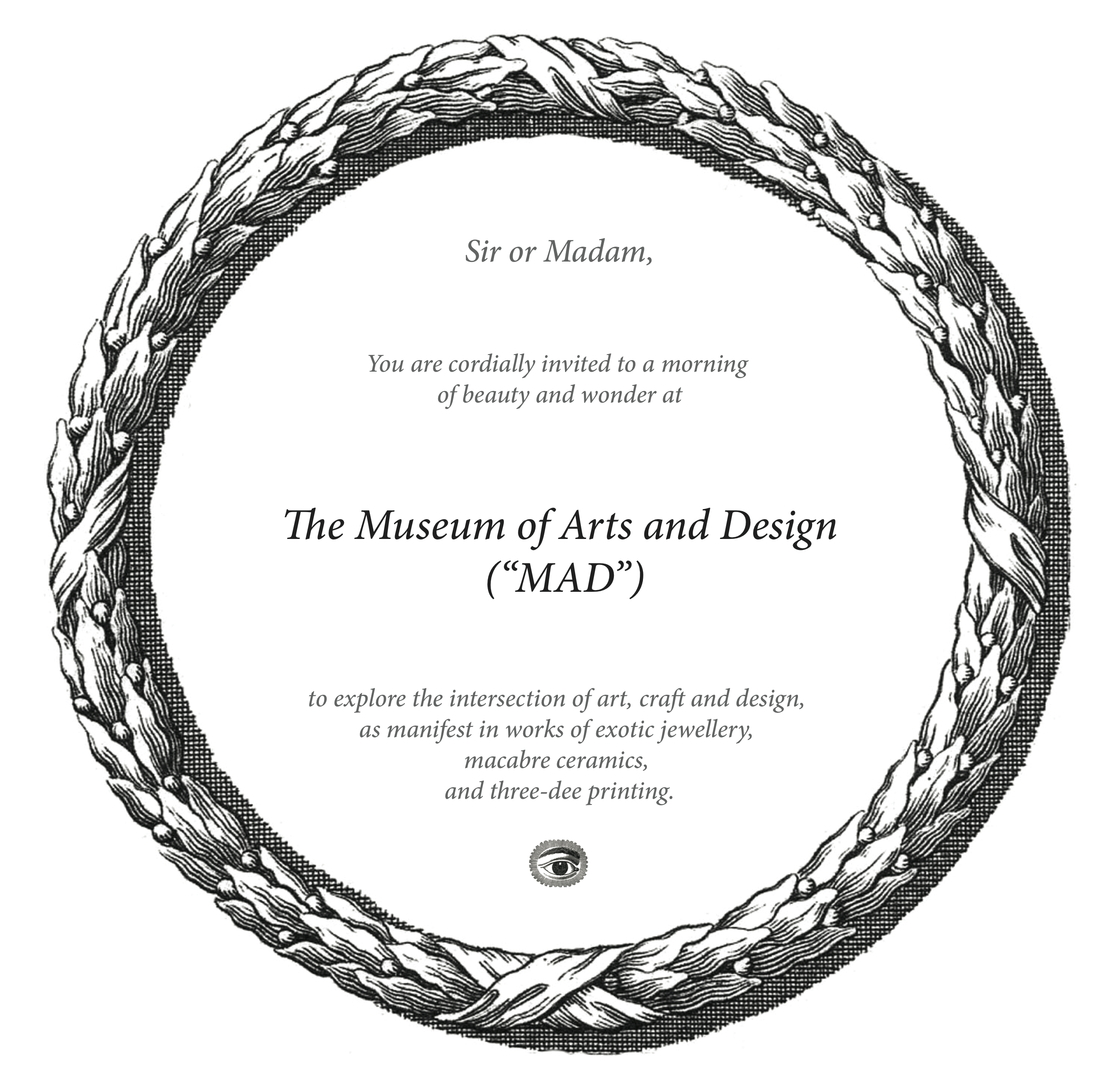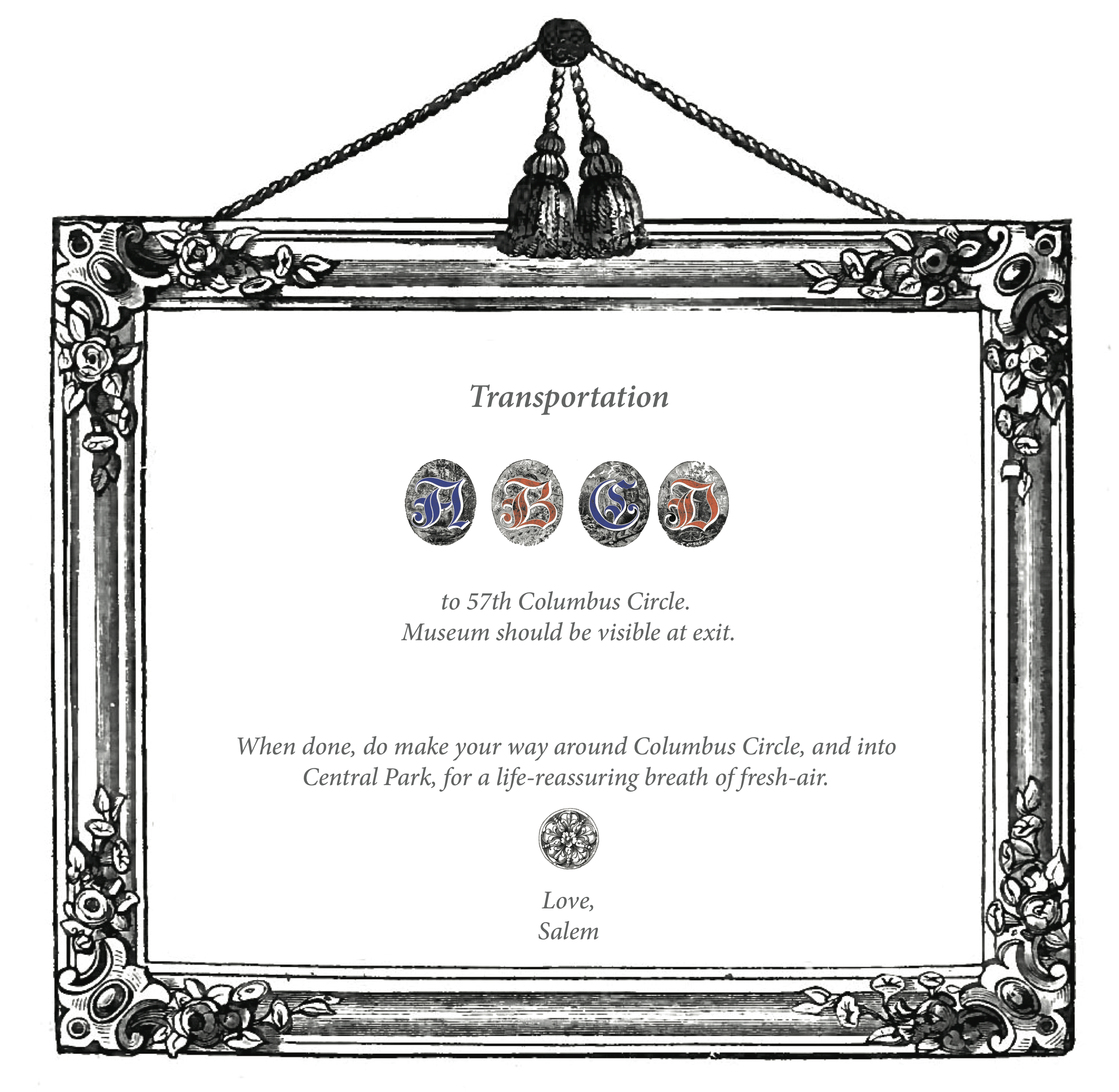Josef Albers’ book, Interaction of Color, is a record of an experimental way to teach and study color.
Unlike other physical phenomena (e.g. sound), the measurement and perception of color, whether optical (light-based) or reflected (pigment-based), is subject of both psychic and physical deception, Albers argues. Color, as a medium in itself, is one that continuously deceives, in spite of (and perhaps because of) the underlying physicality of pigments, colored paper, and, to a certain extent, light. The anatomical system of observation is one of both biological and psychological constraints, and linguistically, the vocabulary of color is severely limited in contrast to the almost endless supply of unique instances of color that both additive and subtractive color mixing afford.
The significant relativity of color as a medium is perhaps more comprehensible if one opted to study color action, instead of an inadequate, myopic focus on hue, color intensity, and light intensity of detached swatches.
Color action is a result of the interaction between an instance of a color and its context, whether spatial, temporal, or volumetric. Spatial context as in form, and placement. Temporal context is a result of the after-effect that is often the result of the retina’s self-adjusting mechanism when colors are moved, replaced, or subtracted from a scene. Volumetric context is related to quantity and recurrence. Color, in a way, is like music in that one only hears it if a note is prior or after another, and with recurring moments of silence to give it form.
For an adequate study of color, one should treat color as a medium of interaction, away from the hierarchal and flat systems of color that works prior to Albers championed.
To see color action, and consequently develop a practical, unmarred by static theory, eye for color, is to approach it with a sense of observation, discovery, comparison, situational thinking, and creativeness. Josef Albers’ studies of color are structured, for the lack of a more apt term, to foster that.
A typical study of color in the Interaction of Color handbook starts with a gentle acknowledgement of an observation. “A color can appear as two,” or “two colors can appear as one,” for instance. Students are then inspired to recreate that effect through their very own exploration, using the most quintessential and uniform representation of color: found colored paper that is emancipated from the subjective curation of store-bought swatches, or the highly textured, process-dependent mixed colors.
Josef Albers acknowledges the challenge of the deception of color and gently points, at one point, to the doubt that a student is bound to feel, not only about what is being observed, but also about the thoroughly exploratory mode of instruction.
There is only one way to experience the color studies fully: to attempt them. I was fortunate to have two copies of the book, the 50th Anniversary Edition by Yale University Press, and the recently-released iPad app that contains the full text and a digital, interactive representation of the accompanying plates. Surprisingly, I found the iPad version to be more honest to the nature of Albers’ pedagogy; each plate is fully responsive to haptic interaction, whereas the paperback’s plates are obviously static and immutable.
Regardless of the medium of their consumption, Josef Albers’ color studies’ value, in my personal opinion, is their gentle reminding of a single, often ignored fact about the nature of one’s experience of the world: that context matters. Experiencing things in the early morning alone in a cubicle in a high-rise can be potentially completely dissimilar to experiencing the same things at night, surrounded by friends and family around a communal table.



